How to Write a Management Summary for Your Business Plan
Entrepreneurs are often celebrated for their uncanny ability to understand others – their customers, the market, and the ever-evolving global...
4 min read
![]() Phoebe Whittington
Apr 7, 2023 11:13:21 AM
Phoebe Whittington
Apr 7, 2023 11:13:21 AM
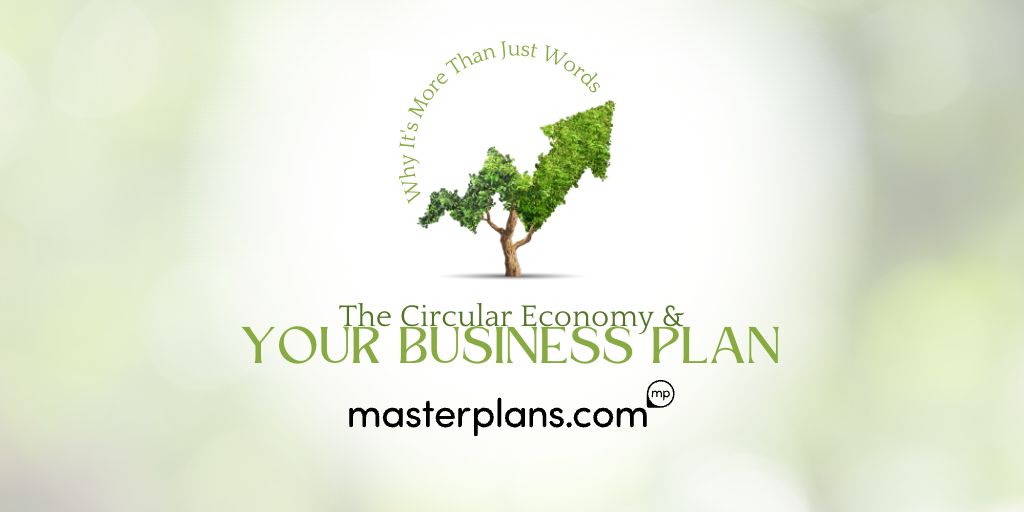
In case you haven’t heard, we’re in a climate crisis. Traditional linear business and economic models demand endless growth, yet we do not have infinite resources that can support it.
Consequently, a new economic model has emerged that envisions how businesses can cultivate a more sustainable and resilient economy. Here’s the good news: if you are an entrepreneur, you have an incredible opportunity to structure your business with these principles in mind from the outset. You can get ahead of the curve as more businesses adopt these principles.
The circular economy model focuses on reducing waste and reusing resources. The idea actually goes all the way back to 1981, when Genevieve Reday and Walter Stahel published research they’d written for the European Commission that hypothesized about a looping economy’s potential influence on job creation, waste prevention, and competitiveness.
In more recent years, as we reckon with the disastrous impacts of climate change and how businesses have contributed to it, the theory has gained more attention. In 2013, McKinsey & Company and the Ellen MacArthur Foundation commissioned a groundbreaking report: Towards the Circular Economy: Economic and Business Rationale for an Accelerated Transition, which laid out concrete steps to transition from our infinite-growth linear models into a more sustainable one.
In this blog post, we’ll go over how to develop a business plan that functions within the circular economy. Doing so will not only make your business model more resilient, but it will also allow you to create an authentic brand, boost morale among your employees, enhance your reputation, and build something that lasts.
If you’re just starting out with a new business idea, you can develop a circular economy business plan from the get-go. You first need to define your business model by thinking through your business processes to reduce waste, increase resource efficiency, and create closed-loop systems. To give you an idea of what this might look like, here are some examples of business models that embrace the thinking of a circular economy:
To understand where your business currently stands in terms of circularity, you’ll need to take a look in the mirror and conduct a circularity assessment. This involves evaluating your processes and identifying areas where you can reduce waste, increase resource efficiency, and close material loops. The assessment should cover every part of your business, from product design to sourcing, manufacturing, distribution, use, and end-of-life. This step may reveal uncomfortable truths about the waste your business generates, so be mindful about going into this step ready to embrace the facts without excuses. You can also join the Ellen MacArthur Foundation’s network of businesses and receive a “Circulytics” assessment that evaluates how well your business has adapted for a circular economy and what opportunities are available to you.
Based on the results of the assessment, you can then set goals for improvement. These goals should be specific, measurable, achievable, relevant, and time-bound (SMART), or else they may run away from you. For more information about how to develop SMART goals, check out this article from Forbes. Here are some examples you can try:
Now, how do we achieve those goals? For this, you need to develop effective strategies aligned with your business model. They could look something like:
Once you have developed your circular economy plan, you need to implement it and monitor its progress. You’ll want to establish timelines and tracking metrics to ensure that you are achieving your circular economy goals. It's also important to regularly review and update your plan as your business evolves and new opportunities emerge.
It’s a big commitment, especially if you run an established business that already has its processes running like a well-oiled machine. But adopting circular economy principles comes with a whole suite of benefits. Not only will you help to build a better planet, but you will also be proactively adapting your business to withstand the disruptions of climate change and resource shortages.
As a business owner, you have a unique opportunity to help build a regenerative economy that lasts. You’ll enjoy cost savings from more efficient supply chain loops, improve your brand’s reputation, and gain customer loyalty. You’ll also improve morale. According to one study cited by the Harvard Business Review, companies with committed and sustainability programs have 38% higher employee loyalty and 55% better morale.
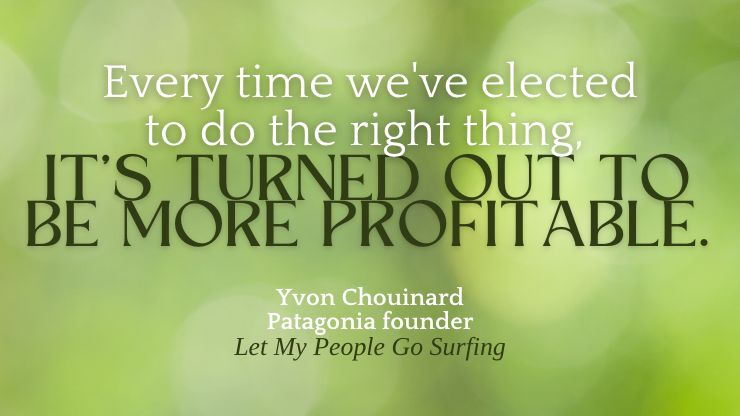
Your business plan is the best place to organize and integrate your circular economy goals and strategies. As we’ve covered before on this blog, the business plan provides an opportunity to align guiding principles across your entire organization and create a coherent strategy for building your business.
The business plan is more than a document to show investors or the bank; it can serve as a roadmap for you to reference as you build a long-term strategy to develop your business.
So, as you develop your business plan, be sure to integrate the circular economy into every aspect of your business to improve performance. That includes product development, marketing, sales, and internal decision-making processes.
For example, when discussing your products and services in the plan, be sure to include a section on waste reduction and repair. Your management section can showcase how your hiring practices will align with core values. You can also discuss how your sustainability efforts give you an advantage over your competitors.
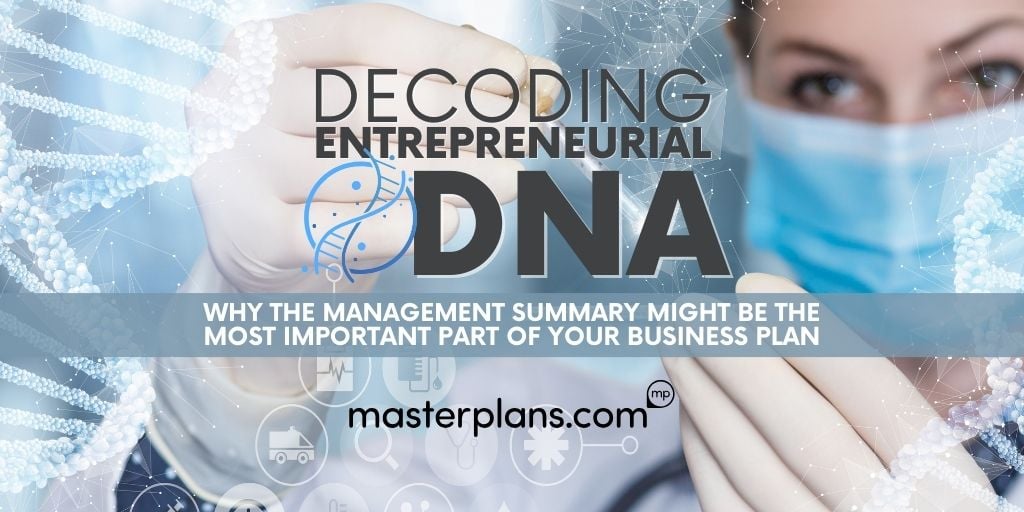
Entrepreneurs are often celebrated for their uncanny ability to understand others – their customers, the market, and the ever-evolving global...
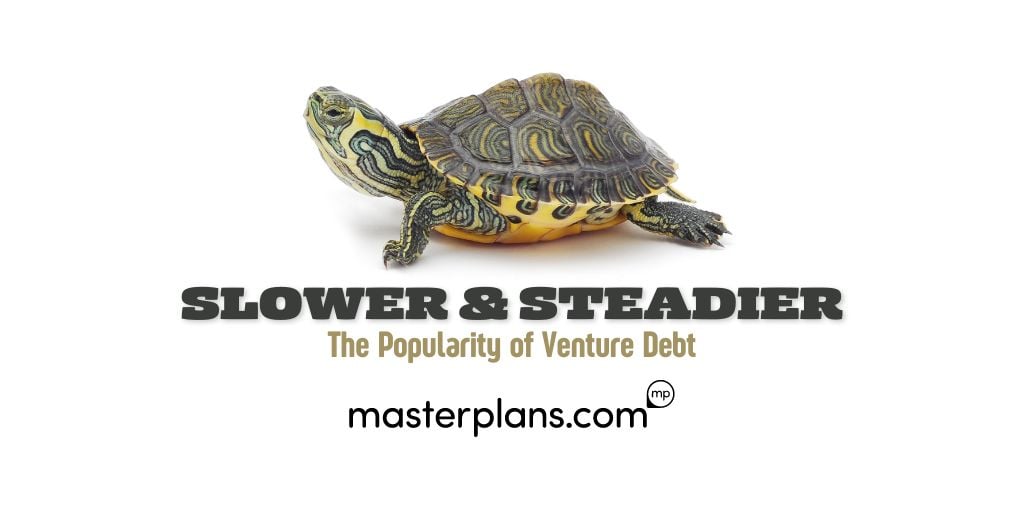
Despite growth in sectors like artificial intelligence, venture capital funding has seen better days. After peaking at $347.5 billion in 2021, there...
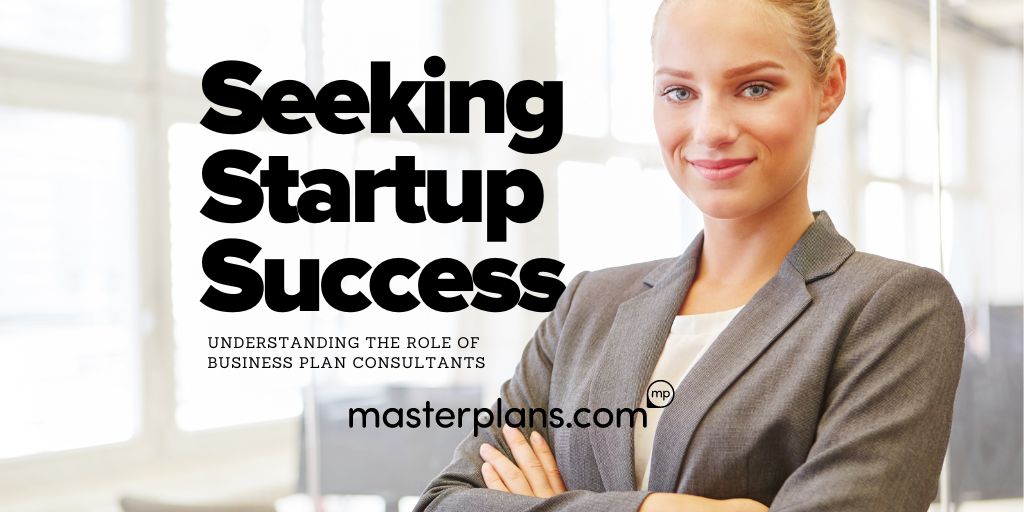
Most people think of a professional business plan company primarily as a "business plan writer." However, here at Masterplans, we choose to approach...